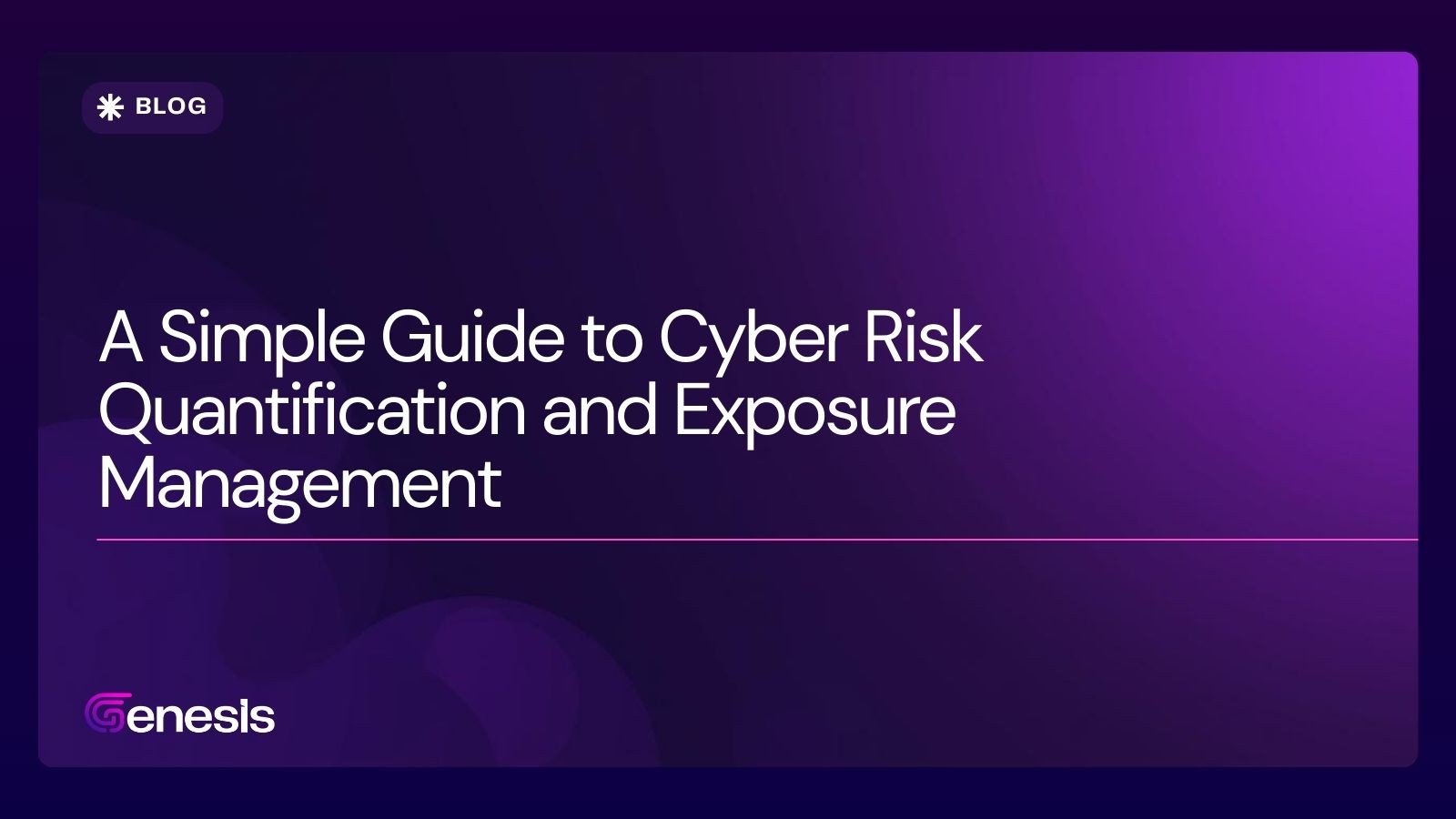Apr 17, 2025

Tanay Rai
The banking industry relies on many outside services, cloud technology, and vendor innovations. While this helps banks be more efficient, it also increases risks from third parties. These risks include cybersecurity breaches, data leaks, regulatory violations, and operational disruptions.
To address these risks, the Federal Financial Institutions Examination Council (FFIEC) provides definitive guidelines to help financial institutions manage third-party relationships in a way that ensures regulatory compliance, operational resilience, and customer protection.
Why FFIEC Guidelines Are Non-Negotiable
The FFIEC comprises U.S. financial regulatory bodies like the OCC, FDIC, NCUA, CFPB, and the Federal Reserve Board. Their collective guidance forms the benchmark used by examiners during compliance reviews, particularly in areas such as:
BSA/AML (Bank Secrecy Act / Anti-Money Laundering)
OFAC (Office of Foreign Assets Control)
Cybersecurity (including access management and vendor oversight)
Operational resilience and system architecture
Noncompliance can lead to enforcement actions, fines, and reputational damage, especially if a third-party breach impacts sensitive customer data or service continuity.
Core FFIEC TPRM Principles
1. Vendor Due Diligence and Risk Classification
Before onboarding any third party, FFIEC requires a risk-based approach to assess:
Inherent Risk: Is the vendor accessing NPI (Non-Public Information)? Does the service involve payment processing, data storage, or authentication?
Criticality: Would disruption of this vendor impair operations or violate regulations?
Reputation and Legal Risk: Has the vendor faced recent breaches, fines, or lawsuits?
Banks must maintain a centralized vendor inventory with risk classifications and perform due diligence that includes reviewing the following:
SOC 1/SOC 2 Type II reports
ISO 27001 certifications
Financial statements
Regulatory complaints or enforcement records
Subcontractor relationships (4th party risk)
Due diligence isn’t a one-time activity—FFIEC stresses continuous monitoring throughout the vendor lifecycle.
2. Enterprise Governance and Oversight
According to the FFIEC’s AIO (Architecture, Infrastructure, and Operations) Handbook, boards and executive management are directly accountable for TPRM.
They must:
Align third-party risk management with strategic planning and risk appetite
Receive regular reports on vendor performance, risks, and incidents
Ensure independent internal audit teams review vendor controls and performance
Designate clear roles and responsibilities for vendor risk owners
Integrate vendor management with enterprise risk management (ERM) frameworks
Failure to do so results in fragmented oversight, increased systemic risk, and heightened examiner scrutiny.
3. Authentication and System Access Control
The FFIEC Authentication and Access Guidance (2021) places strong emphasis on securing third-party access points:
Vendors accessing internal banking systems must use Multi-Factor Authentication (MFA)
Privileged vendor accounts must be subject to monitoring, session recording, and time-based controls
The use of Application Programming Interfaces (APIs) must be governed by strict authorization, logging, and encryption
Access rights must be granted based on least privilege and reviewed periodically
Shared credentials must be prohibited
Banks must also ensure vendor system-to-system connections are secured with encrypted channels and token-based authentication.
4. Data Governance and Protection
As per the AIO IT Handbook, banks must ensure third-party vendors meet the institution’s data confidentiality, integrity, and availability standards. This includes:
Data classification: What data does the vendor touch—PII, PCI, NPI?
Secure transmission: Are communications encrypted at rest and in transit?
Data masking: Is sensitive data redacted in development and test environments?
Secure disposal: Does the vendor securely dispose of data post-contract or after processing?
Data residency: Are vendor servers located in compliant jurisdictions?
Banks should maintain the right to audit vendor data practices, and contracts must include data ownership, breach notification, and indemnification clauses.
5. Operational Continuity and Incident Management
Third-party outages can cause customer-facing downtime, compliance breaches, and reputational crises. FFIEC requires:
Vendors to be part of Business Continuity Planning (BCP) and Disaster Recovery (DR) frameworks
RTO/RPO metrics to be defined contractually
Inclusion of vendors in tabletop exercises and crisis simulations
Detailed incident response procedures, including timelines for notification and escalation
Banks must evaluate vendor resiliency practices, including:
Backup frequency and integrity
Geo-redundancy
Response and remediation capabilities
FFIEC Controls Addressing Third-Party Risk
FFIEC guidelines provide specific control categories that directly address third-party risk, including:
Control Area | Description |
|---|---|
Access Control | Requires MFA, access segregation, privileged access monitoring for vendors |
Audit and Reporting | Mandates review of SOC 2, independent audits, and real-time activity logs from third parties |
Service Provider Oversight | Ongoing performance evaluation, risk scoring, and SLA enforcement |
Data Management | Enforces data classification, secure transmission, and deletion protocols |
Authentication and Session Control | Applies layered authentication for all external users and vendors |
Change Management | Reviews vendor-driven system changes or patches to ensure compatibility and security |
Incident Response | Vendors must be integrated into response workflows, with reporting obligations defined. |
Resilience and Continuity | Ensures vendor availability via uptime SLAs, backup processes, and tested failover capabilities |
How Genesis Platform Helps You Comply with FFIEC
Genesis Platform by Falcon Wise simplifies FFIEC compliance with tools designed to automate and streamline third-party risk management.
Automated Risk Scoring: Evaluate vendors based on access, data type, criticality, location, and breach history, which are mapped to FFIEC risk categories.
Live Vendor Dashboard: This dashboard shows real-time risk levels, failed controls, upcoming renewals, and heat maps to prioritize actions.
Access & MFA Tracking: This function maps vendor access to systems and data, flags excess permissions, and verifies MFA for high-risk users.
SLA & Issue Tracking: Monitors SLAs, audit findings, and overdue remediations—keeps teams accountable with auto-reminders.
Smart Questionnaires & Monitoring: This service sends AI-driven vendor assessments, flags gaps, and continuously scans for external risks like breaches and expired certificates.







